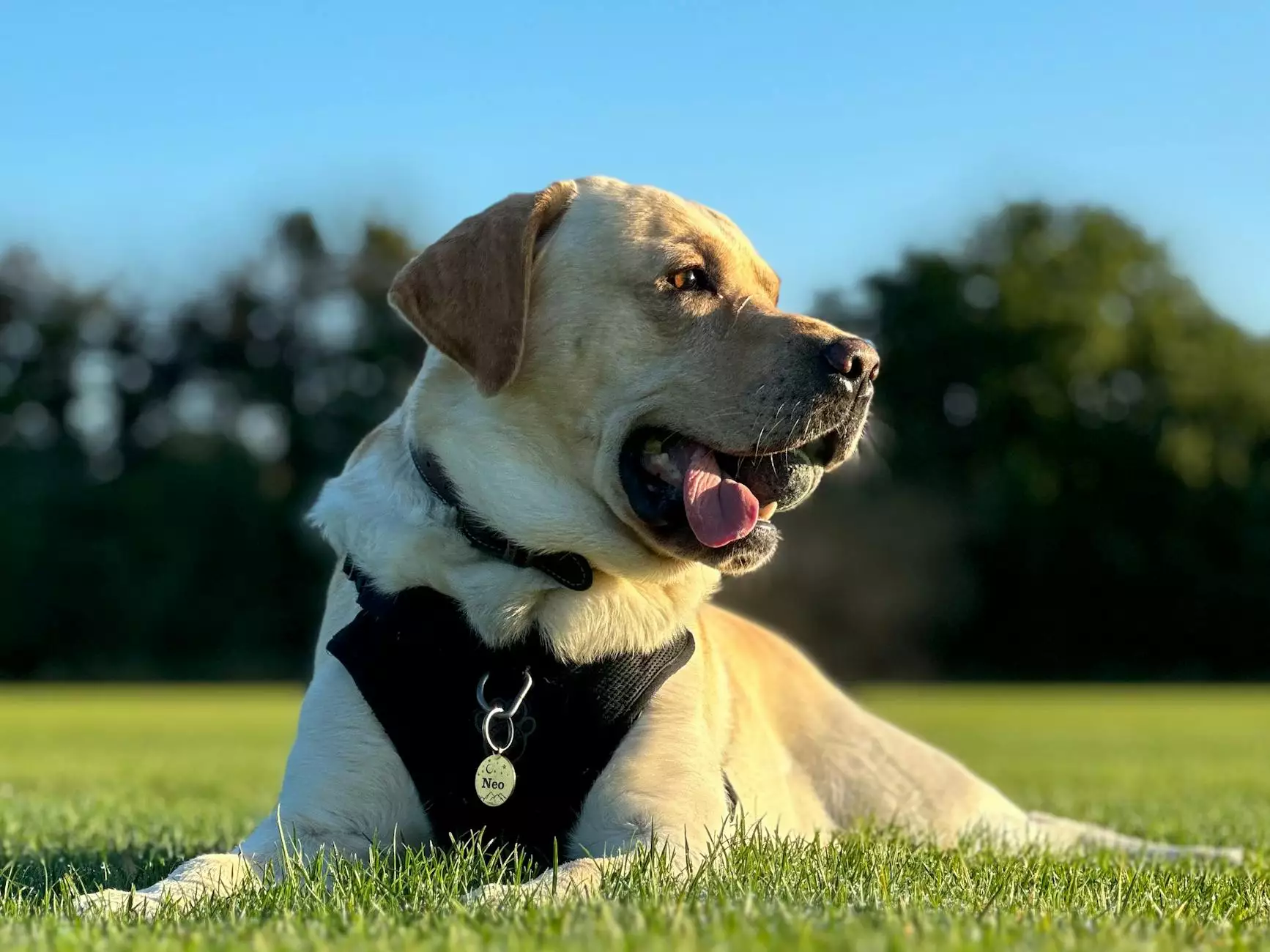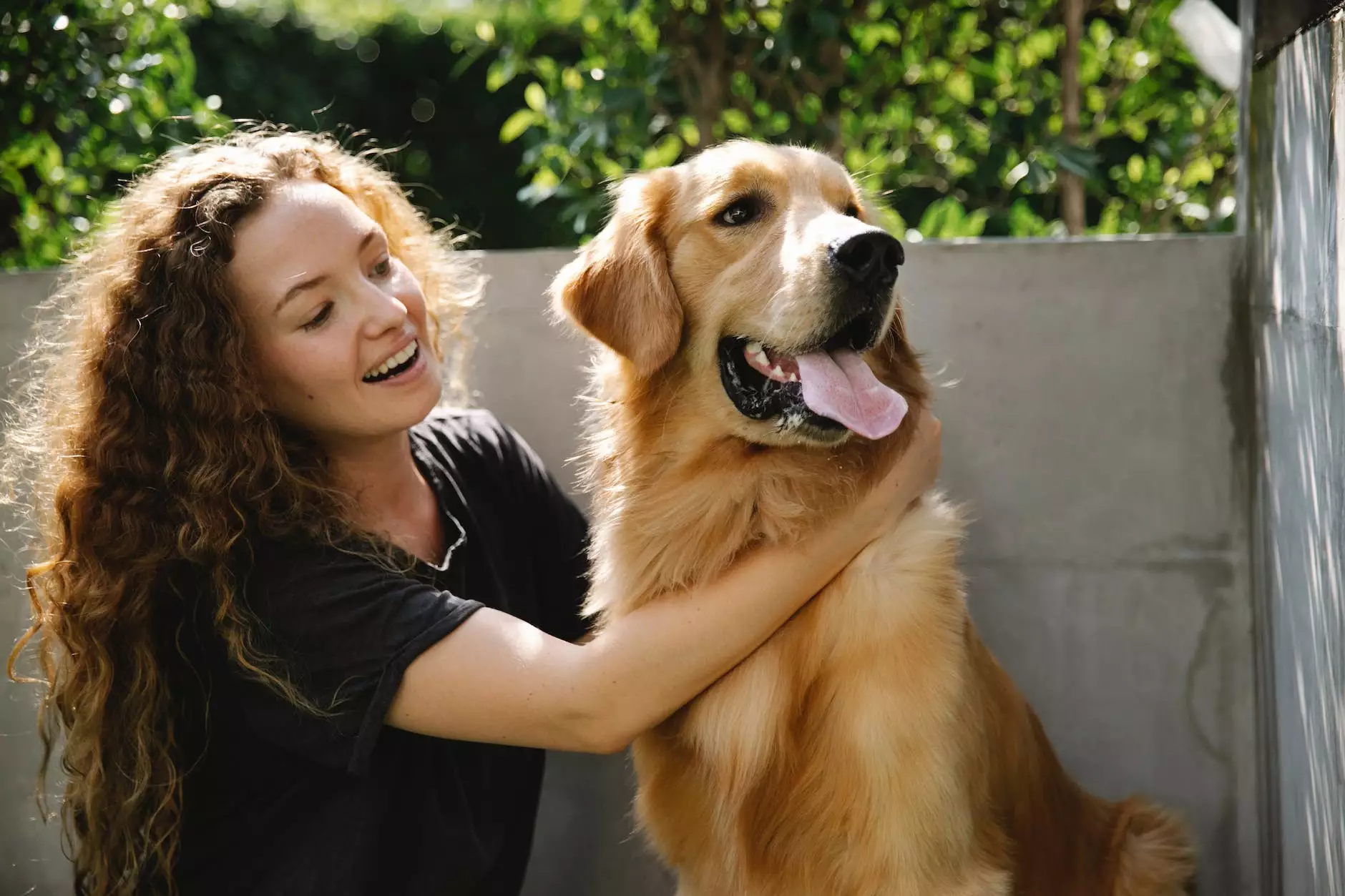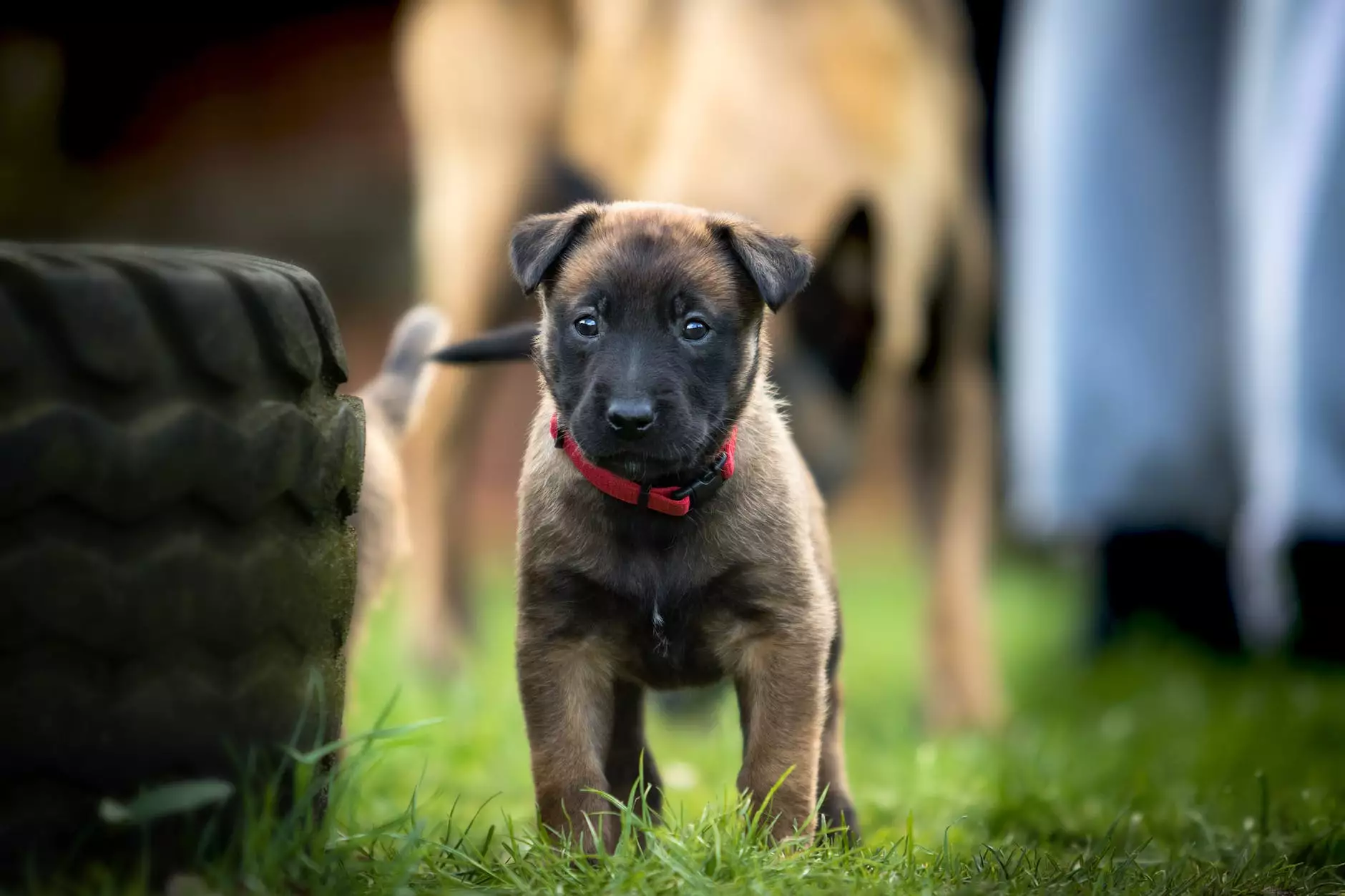How to Identify, Get Rid Of, and Prevent Ticks on Your Dog
Dog Care
Welcome to Wisconsin Adventures, your go-to source for all things travel and tourism. In this comprehensive guide, we will provide you with expert tips on how to identify, get rid of, and prevent ticks on your beloved furry friend, ensuring their health and happiness during your outdoor adventures.
Understanding Ticks
Ticks are small arachnids that belong to the family Ixodidae. These blood-sucking parasites are commonly found in grassy and wooded areas, making them a potential threat to dogs during outdoor activities such as hiking, camping, and exploring. It is crucial to learn how to identify ticks and take necessary precautions to protect your dog from their harmful effects.
Identifying Ticks
Ticks come in various sizes, ranging from as small as a pinhead to as large as a grape. They have eight legs and a round or oval-shaped body. When engorged with blood, ticks may appear swollen and will often attach themselves to your dog's skin. Look out for these key features to identify ticks:
- Size: Ticks can vary in size, but they are usually visible to the naked eye.
- Color: Ticks can be black, brown, or reddish-brown, depending on the species and whether they are engorged or not.
- Shape: Ticks have an oval-shaped body, and their size may change as they feed on blood.
- Legs: Ticks have eight legs, which are easily noticeable when inspecting them closely.
Regularly checking your dog for ticks is essential, especially after spending time in tick-prone environments. Ticks often attach themselves to areas such as the head, neck, ears, paws, and underbelly.
Tick Prevention
Prevention is key when it comes to protecting your dog from ticks. Follow these guidelines to minimize the risk:
- Use Tick Prevention Products: Speak with your veterinarian about tick prevention products such as spot-on treatments, collars, and oral medications that can repel and kill ticks.
- Maintain a Tick-Free Environment: Keep your backyard and living spaces clean and well-maintained to reduce tick populations.
- Check Your Dog's Coat: Regularly inspect your dog's coat for ticks, especially after outdoor adventures. Use a fine-toothed comb to properly examine their fur.
- Control Wildlife: Ticks can hitch a ride on wildlife, so take measures to deter animals like deer and rodents from entering your property.
- Avoid Tick-Infested Areas: If possible, avoid areas known to be heavily infested with ticks. Stick to well-maintained trails and clearings during outdoor excursions.
Tick Removal
If you find a tick on your dog, it is crucial to remove it promptly and properly to minimize the risk of disease transmission. Follow these steps to safely remove ticks:
- Gather the Necessary Tools: Get a pair of fine-tipped tweezers or a tick removal tool.
- Grasp the Tick: Using the tweezers, grasp the tick as close to your dog's skin as possible.
- Remove the Tick: Gently and steadily pull the tick in an upward motion. Avoid twisting or crushing the tick during removal.
- Disinfect the Area: After the tick has been removed, clean the area with antiseptic to prevent infection.
It is essential to monitor your dog closely after tick removal for any signs of illness, as some ticks may carry diseases such as Lyme disease or ehrlichiosis. If you notice any concerning symptoms, contact your veterinarian immediately.
Tick-Borne Diseases
Ticks can transmit various diseases to dogs, including Lyme disease, ehrlichiosis, anaplasmosis, and babesiosis. These diseases can cause a range of symptoms, from mild discomfort to severe illness. It is crucial to be aware of the signs and symptoms associated with tick-borne diseases and seek veterinary care promptly if needed.
Conclusion
Ensuring your dog is protected from ticks is crucial for their overall health and well-being. By understanding how to identify ticks, taking preventive measures, and promptly removing ticks when found, you can minimize the risk of tick-borne diseases and provide a safe and enjoyable outdoor experience for your furry companion. Wisconsin Adventures is here to support you with expert advice and resources for all your travel and tourism needs.
For more information and helpful tips, be sure to explore our website and stay tuned for our upcoming articles related to outdoor adventures and pet care. Safe travels and happy trails!










